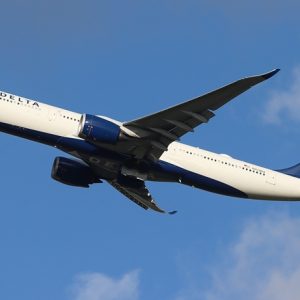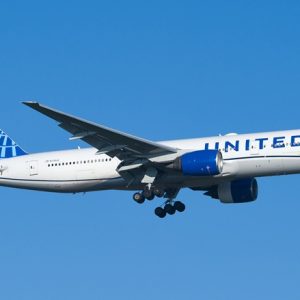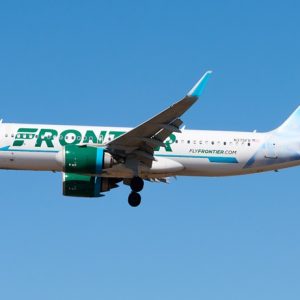
In a headline move that caught the world of commercial aviation by storm, United Airlines and JetBlue announced this week that they would be teaming up to expand connectivity primarily from the New York and Boston areas with a host of new interline agreements that bring the two airlines closer together than ever before.
Not only will new flight slots be allocated to both carriers at their hubs in the New York Area, but passengers will be eligible to use United MileagePlus miles across both airlines.
Quite possibly the most interesting thing to come out of this new arrangement is the fact that United Airlines will return to John F. Kennedy International Airport (JFK), which it shirked over the past two decades in favor of consolidating all of its operations out of Newark Liberty International Airport (EWR).
Let’s take a deeper look at exactly what United’s presence at JFK could be and what flights it might choose to begin operating.
A Deeper Look At Exactly What Will Happen
According to reports published by ABC News, JetBlue will give United Airlines access to slots at John F. Kennedy International for up to seven new daily round-trip flights beginning in 2027.
JetBlue is one of the largest airlines by market share at Kennedy Airport, with it operating more than 180 flights per day from the facility on average.
United Airlines has slowly consolidated its operations in the New York Area to primarily fly out of its principal hub at Newark Liberty International, with the airline operating its last flights from JFK in 2022.
JetBlue’s leadership team is certainly excited to welcome its new partner back to JFK. In a statement, JetBlue CEO Joanna Geraghty had the following words to share:
“United’s global reach perfectly complements JetBlue’s East Coast leisure network, and significantly expands the options and benefits for TrueBlue members, no matter where in the world they are traveling.”
The airline made this announcement shortly following the Federal Aviation Administration’s announcement of flight limits at Newark Airport for the summer travel season due to air traffic control-related issues. The airport has suffered from multiple operational breakdowns in recent weeks.
This Move Helps United Address Some Major Challenges
United Airlines has a major hub at Newark, although it is increasingly proving an operational liability. The airline had to cancel several flights from the airport earlier this month, and CEO Scott Kirby had to issue a letter to customers to discuss the difficulties the company was facing.
Back in 2023, JetBlue had attempted to launch a similar partnership with American Airlines in the Northeast.
This would likely have worked a bit better for the airline since American also operates out of JFK. This alliance was ultimately abandoned after a high-profile court battle.
The agreement between United and JetBlue has been named Blue Sky, and the carriers will share eight flight timings at Newark under the terms of this new agreement.
The airlines choosing to share loyalty benefits across each other’s networks is also relatively unique, and it could pave the way for the launch of a new joint loyalty program.
Where Will United Fly From JFK?
United Airlines has yet to officially announce the flights that it will be operating from JFK. However, due to the nature of this partnership, it is fairly easy to guess where United will be looking to fly from the airport.
This partnership is about connectivity, meaning that United wants to connect customers from its US hubs to the JetBlue network out of JFK, meaning that it will likely fly to the facility from high-volume connecting hubs.
These could include Washington Dulles Airport (IAD), Chicago-O’Hare International Airport (ORD), Houston’s George Bush Intercontinental Airport (IAH), Denver International Airport (DEN), Los Angeles International Airport (LAX), and San Francisco International Airport (SFO).
This is, interestingly, only six destinations, allowing United to do something interesting with its seventh frequency. However, it is more likely that the airline will just add more frequencies from its highest-volume connecting hubs.





